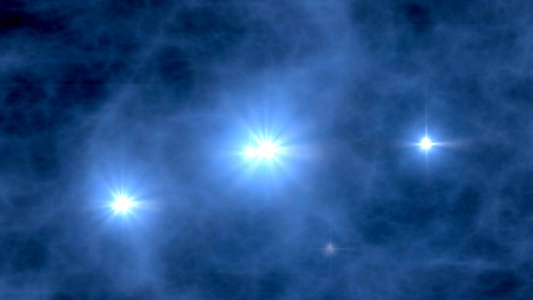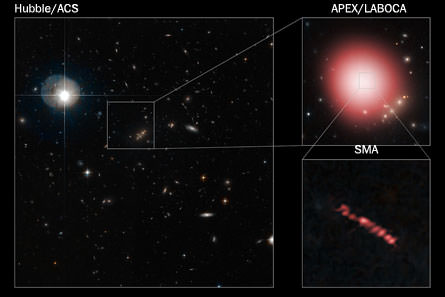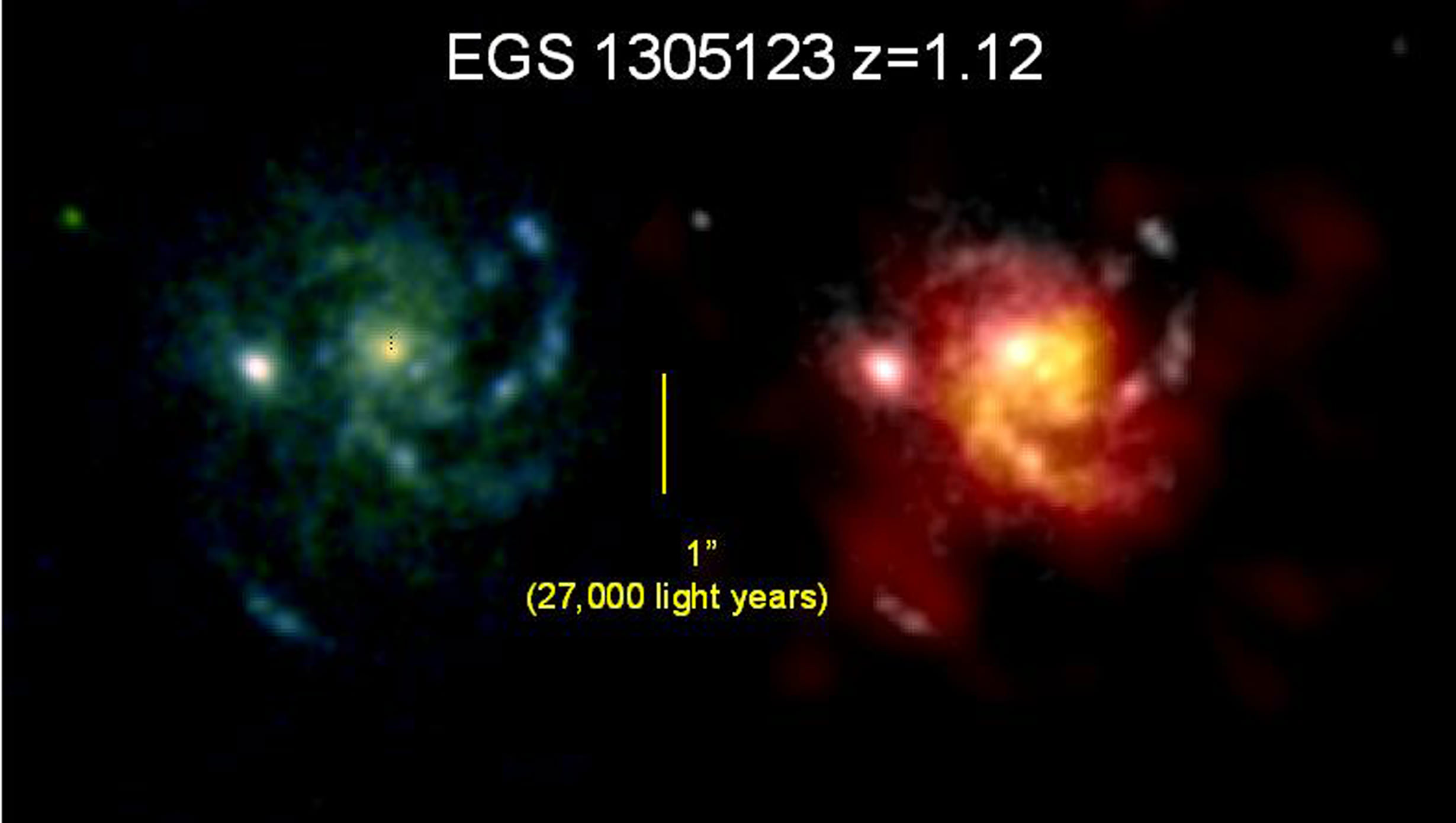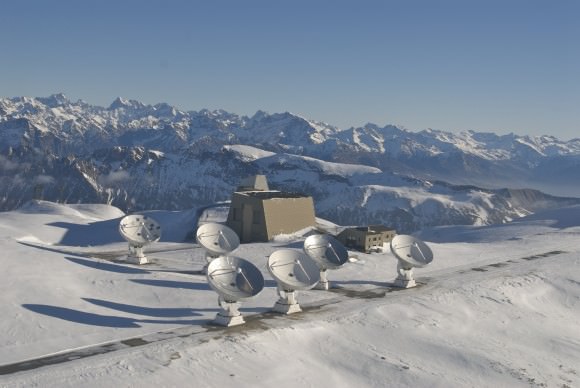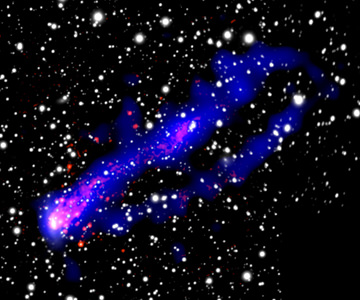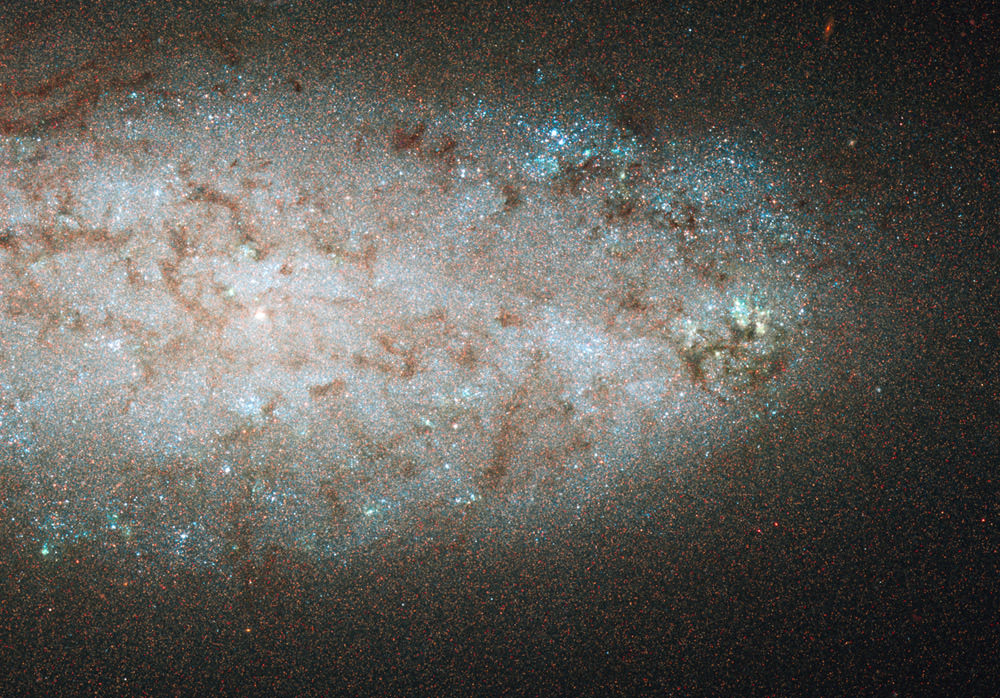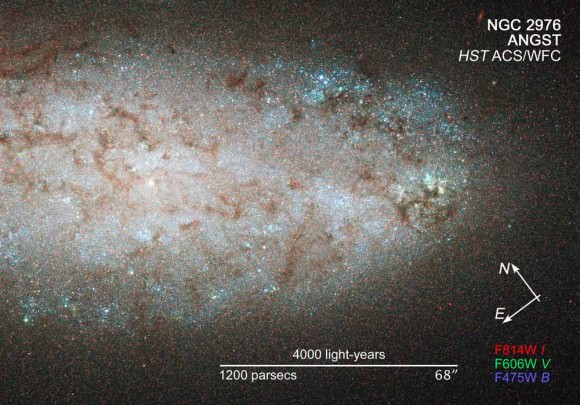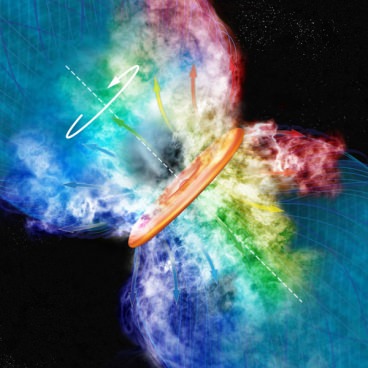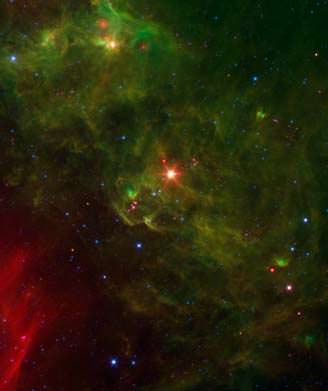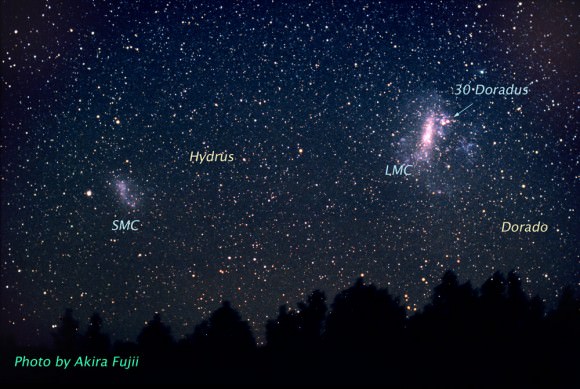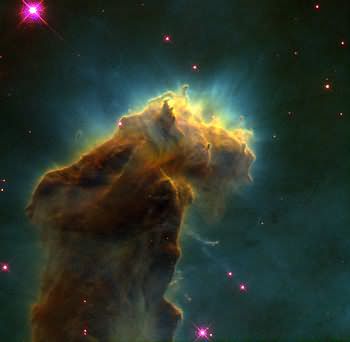[/caption]
Although, as we look further and deeper into the sky, we are always looking into the past – there are other ways of gaining information about the universe’s ancient history. Low mass, low metal stars may be remnants of the early universe and carry valuable information about the environment of that early universe.
The logic of stellar archaeology involves tracking generations of stars back to the very first stars seen in our universe. Stars born in recent eras, say within the last five or six billion years, we call Population I stars – which includes our Sun. These stars were born from an interstellar medium (i.e. gas clouds etc) that had been seeded by the death throes of a previous generation of stars we call Population II stars.
Population II stars were born from an interstellar medium that existed maybe 12 or 13 billion years ago – and which had been seeded by the death throes of Population III stars, the first stars ever seen in our universe.
And when I say death throes seeding the interstellar medium this includes average sized stars blowing off a planetary nebula at the end of their red giant phase – or bigger stars exploding as supernovae.
So for example, the low metal spectral signature of HE 0107-5240 matches that predicted for a very early low mass Population II star built from the end-products of a Population III supernova.
This is about as close as we can get gathering any information about Population III stars. Telescopes that can look deeper into space (and hence look further back in time) may eventually spot one – but it’s unlikely that any still exist. Theory has it that Population III stars formed from a homogenous interstellar medium of hydrogen and helium. The homogeneity of this medium meant that any stars that formed were all massive – in the order of hundreds of solar masses.
Stars of this scale, not only have short life spans but explode with such a force that the star literally blows itself to bits as a ‘pair-instability’ supernova – leaving no remnant neutron star or black hole behind. Supernova SN2006gy was probably a pair-instability supernova – mimicking the last gasps of Population III stars that lived more than 13 billion years ago.
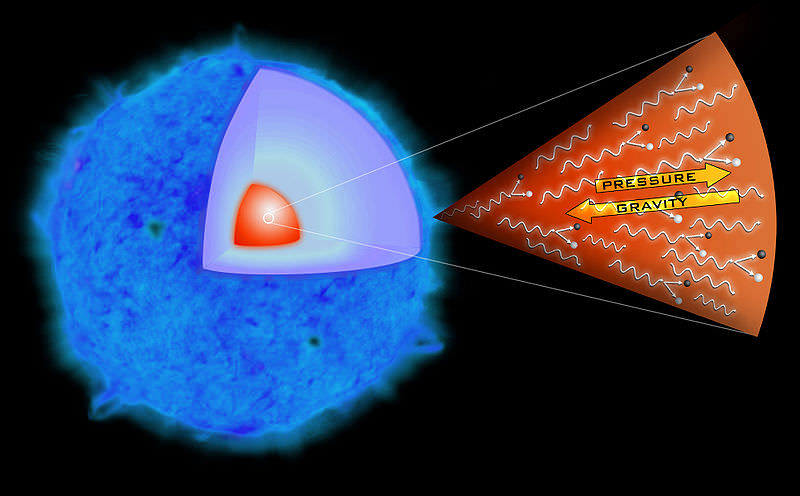
It was only after Population III stars had seeded the interstellar medium with heavier elements that fine structure cooling resulted in disruption of thermal equilibrium and fragmentation of gas clouds – enabling smaller, and hence longer lived, Population II stars to be born.
Around the Milky Way, we can find very old Population II stars in orbiting dwarf galaxies. These stars are also common in the galactic halo and in globular clusters. However, in ‘the guts’ of the galaxy we find lots of young Population I stars.
This all leads to the view that the Milky Way is a gravitational hub nearly as old as the universe itself – which has been steadily growing in size and keeping itself looking young by maintaining a steady diet of ancient dwarf galaxies – which, deprived of such a diet, have remained largely unchanged since their formation in the early universe.
Further reading:
A. Frebel. Stellar Archaeology – Exploring the Universe with Metal-Poor Stars http://arxiv4.library.cornell.edu/abs/1006.2419

